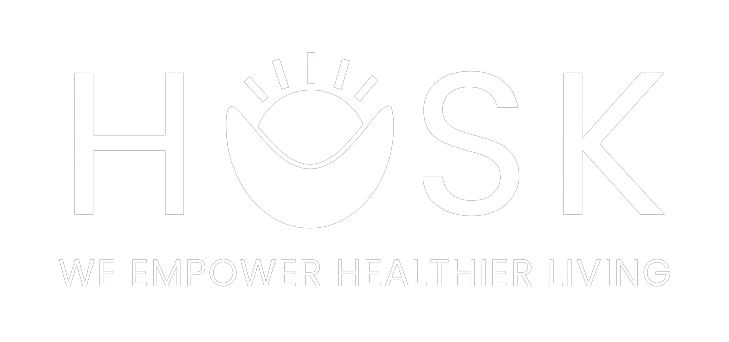
Creating a Culture of Wellness: Good for Employees and Your Bottom Line
As the link between employee wellness and improved engagement and retention has become clear, employers are recognizing the positive power of cultivating a culture of wellness.
The pandemic dramatically changed the workplace landscape as well as the workforce mindset. Employers are reprioritizing the benefits they offer to provide a holistic wellness approach. In addition to traditional healthcare perks, employers name nutrition, mental health, fitness and financial wellness benefits as employee priorities.
More than a trend, a culture of wellness has a far-reaching positive impact on the bottom line. Healthier, happier employees lead to improved productivity and reduction in absenteeism and, ultimately, turnover.
Findings of PwC’s 2021 Health and Well-being Touchstone Survey of 368 U.S. companies reported that 44% of respondents implemented or enhanced their wellness programs. Recognizing that employees continue to struggle with post-pandemic stress and isolation, more than half added mental health programs. According to the Society for Human Resource Management (SHRM), a March 2023survey of 1000 workers found that approximately 30% felt their jobs made hem feel overwhelmed or anxious at least once a week. 45% of respondents indicated their expectations have risen for employers to provide mental health support.
Leaders who prioritize wellness by demonstrating a commitment to and joining in wellness programs help create healthy work environments and help normalize team-member participation in nutrition or mental health programs. In addition to eliminating stigmas, employer-sponsored wellness benefits help eliminate barriers by increasing accessibility to benefits that previously may have been out of reach to team members.
Creating a culture of wellness doesn’t happen overnight. It requires listening to employees and monitoring their shifting needs, then introducing the wellness support they crave, which may include mental health, nutrition, and fitness options. Open communication is the first step to creating an authentic culture of wellness that will support your team as well as the long-term health of your company.
Learn more at HUSK, where we empower healthier living by partnering with organizations to design sustainable wellness programs that connect people to their preventative benefits. www.huskwellness.com
Menu
© – HUSK | All rights reserved | Privacy Policy |
Terms & Conditions
|
Security & Compliance
|
Status
Instagram
Facebook
Linkedin
Twitter
Solutions
Challenge
Marketplace
Mental Health
Nutrition
Rewards
HUSK Pro
Company
About
Contact
Press
Blog
Challenge
Marketplace
Mental Health
Nutrition
Rewards
HUSK Pro
Company
About
Contact
Press
Blog
© – HUSK | All rights reserved | Privacy Policy |
Terms & Conditions
|
Security & Compliance
|
Status

